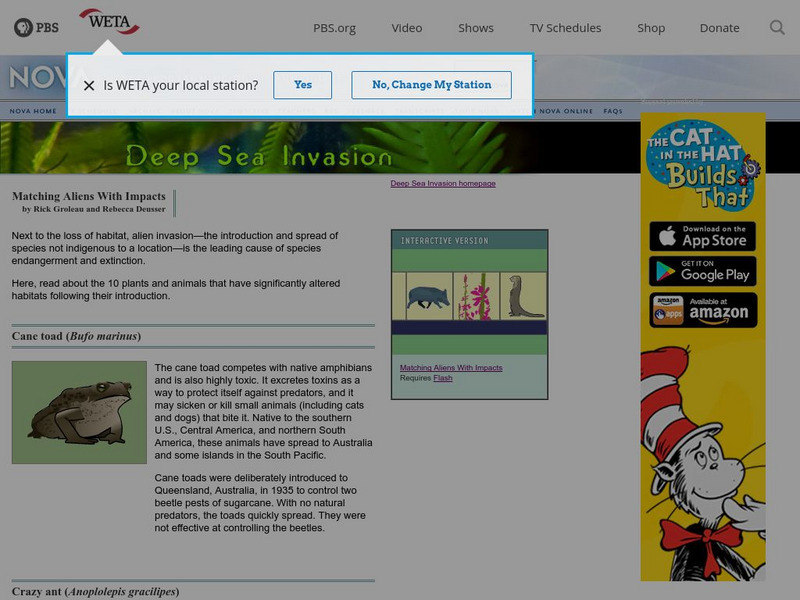Curated OER
The Abiotic Limits to Purple Loosestrife Growth
Students investigate the effects of soil temperature, water availability, photo period and other variables of the growth of purple loosestrife. They observe the growing conditions of plants and alter them by adding water, isolating the...
Michigan Sea Grant
What's in This Water?
Pupils investigate the biological and chemical characteristics of water to determine where purple loosestrife occurs. They create data sheets to record water quality tests in several locations and work in groups to conduct the water...
Curated OER
Is Purple Loosestrife a Problem Near Our School?
Learners explore to investigate if the distribution of Purple loosestrife around the school district area is relevant to its distribution and control. They create a comprehensive map to support their thesis and data and then head out...
Other
Wise Acre Gardens
This site provides photos and information about native and alien wildflowers in St. Lawrence county -Northern New York.
Environmental Education for Kids
Eek!: Habitats: Wetlands
Wetland ecosystems are extremely valuable to wildlife, supporting a greater number of animals than any other type of habitat. Wetlands also absorb flood waters; filter chemicals, sediments, and other impurities out of drinking water;...
PBS
Nova: Matching Aliens With Impacts
One of the major causes of species extinction is the introduction of alien species. Information about ten different invasive species is presented. Find out how well you know the information by matching alien species with the effects...
Environmental Education for Kids
Eek!: Wetland Plants
Some wetland plants grow completely underwater, others grow partly submerged, and some grow in places were the ground is often wet. Learn about a variety of wetland plants in Wisconsin.







